The history of the town and region told through thematic sections.
The MuSa was established in 2015 in the former Santa Giustina complex which originally housed a seminary of the Somascan Fathers founded in 1597. After the religious community was dissolved, the buildings served as a school until the 1970s.
The visit begins in a large mezzanine hall — the heart of all museum activities (exhibitions, cultural events, and more) — which also functions as the reception, orientation point, bookshop, and gateway to the various itineraries.
The museum itinerary spans five floors and is designed to narrate the story of Salò through a range of themed sections. These are divided into different exhibition sections starting with the site’s own history and moving through the Seismic Weather Observatory, founded in 1877 in the former convent and still operational today, and the anatomical collection of Giovan Battista Rini (1795–1856), a notable figure of national significance. The Venetian era, during which Salò held the prestigious role of capital of the Comunità di Riviera or Magnifica Patria, is brought to life through works of art and documents. This was also the era of Gasparo da Salò, the celebrated luthier and double bassist considered the town’s greatest historical figure — he is extensively featured in the museum.
The exhibitions carefully trace the city’s evolution after the fall of Venice, through the Napoleonic and later Austrian periods, its involvement in the Risorgimento struggles, up to the Unification and the transformations of the early 20th century, including the arrival of Gabriele d’Annunzio.
A section of MuSa is dedicated to the 600 days of the Italian Social Republic, inextricably linked to Salò in the collective memory.
The MuSa also hosts the Civic Drawing Collection, a distinguished local institution founded in 1983 to document Italian graphic art production after World War II. Over three decades, it has assembled a fund of more than 600 high-quality, significant works on paper.
At street level, visitors can also explore the Museo del Nastro Azzurro, once located in Palazzo Coen. Now part of MuSa, it retains its identity and separate entrance.
In March 2018, MuSa inaugurated a new wing dedicated to the "Civic Archaeological Museum Anton Maria Mucchi", showcasing significant Roman-era finds that reveal the ancient history of Salò and Lake Garda. Among the highlights are precious artifacts from the Lugone necropolis in Salò, an important site that has remained active for nearly four centuries since the mid-1st century AD.
2025–2026 Season
OPENING DAYS AND HOURS:
FROM MARCH 22 TO NOVEMBER 31: Tuesday to Sunday – from 10:00 a.m. to 6:00 p.m.
FROM DECEMBER 1 TO JANUARY 6, 2026: Friday to Sunday – from 10:00 a.m. to 6:00 p.m.
Special openings on the following days:
APRIL 21 – DECEMBER 8 – JANUARY 6, 2026
Prices and Tickets
Admission prices for MuSa, Nastro Azzurro Museum and Current Exhibitions
Standard ticket: €9.00
Reduced ticket: €7.00 (university students, seniors over 65, groups of 15–35 people, holders of affiliated cards)
Reduced ticket: €5.00 (visitors aged 7 to 18, student groups)
Free admission: children up to 6 years old, people with disabilities, holders of affiliated cards
Self-guided tour duration: approximately 1 hour and 30 minutes
Not to be missed
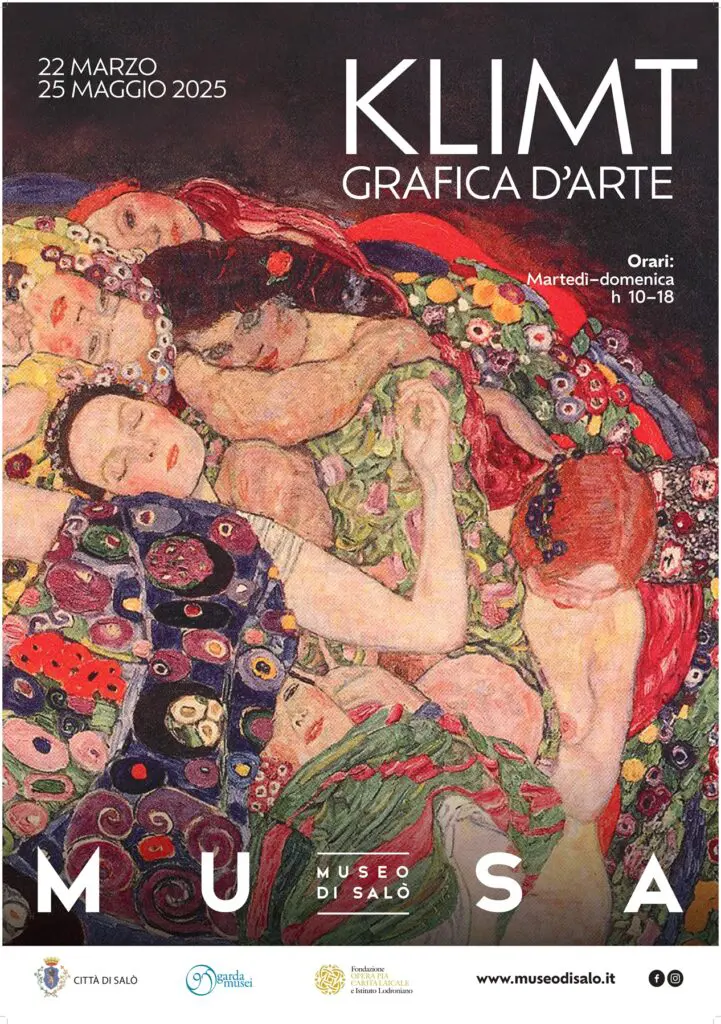
From March 22, 2025 to June 29, 2025


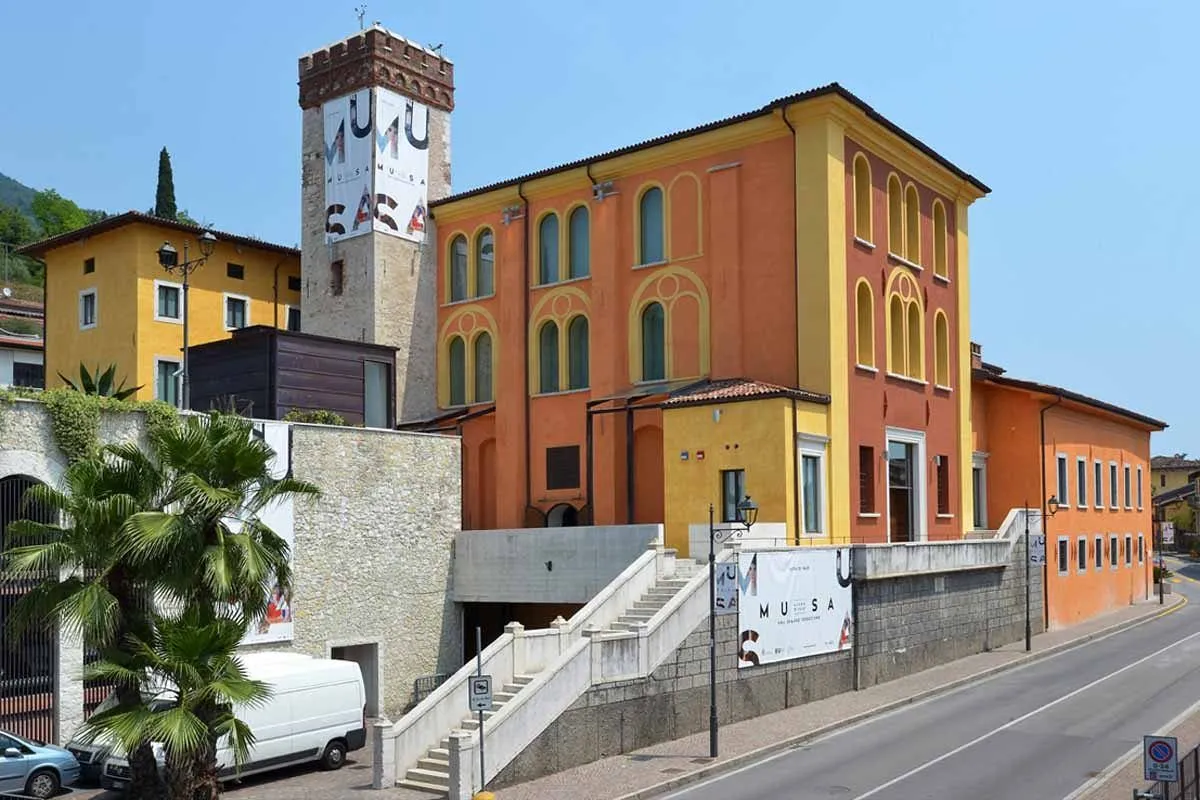
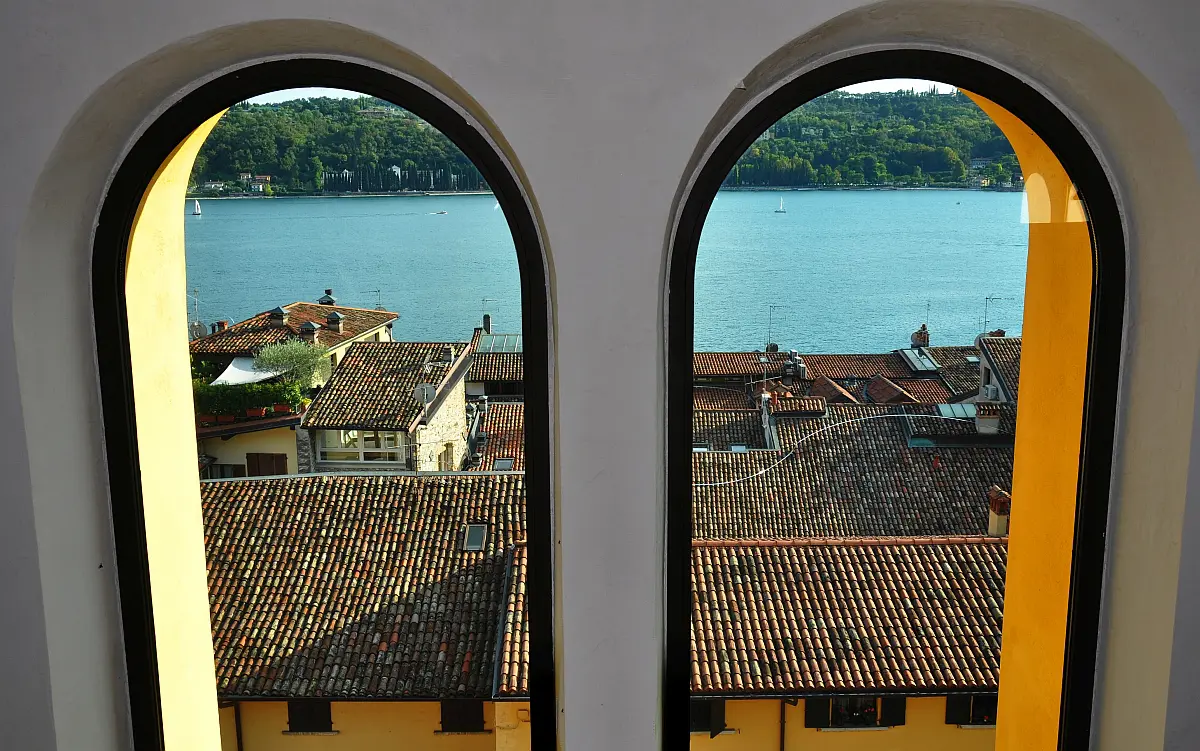
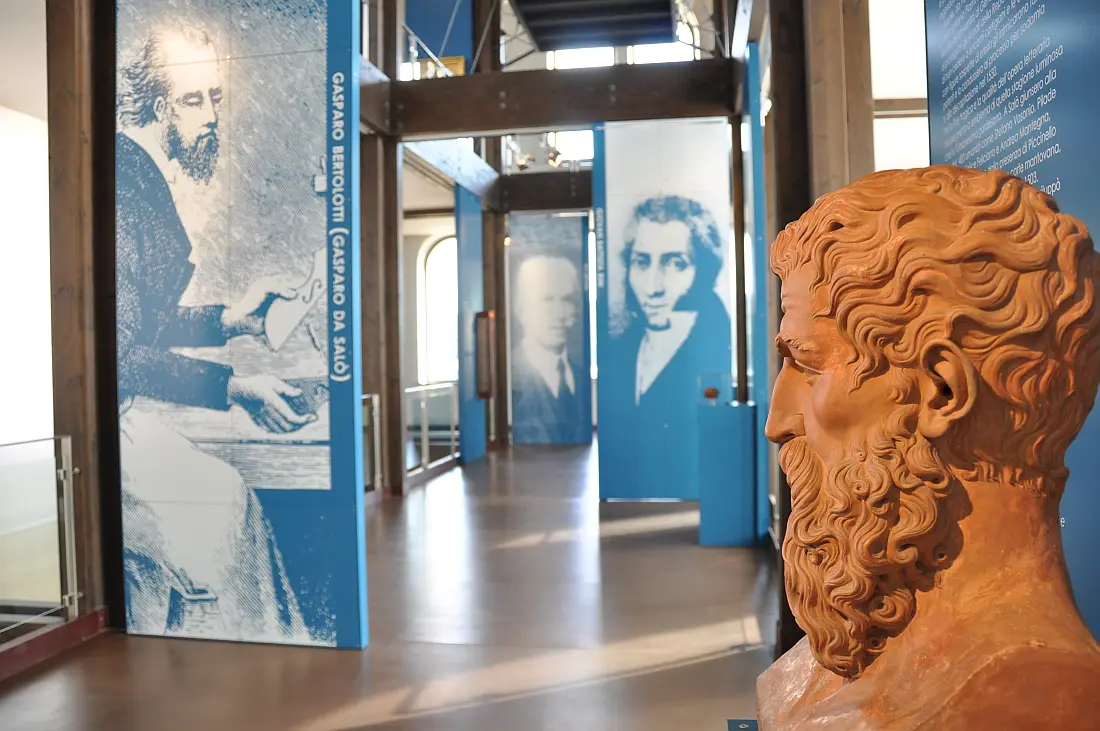
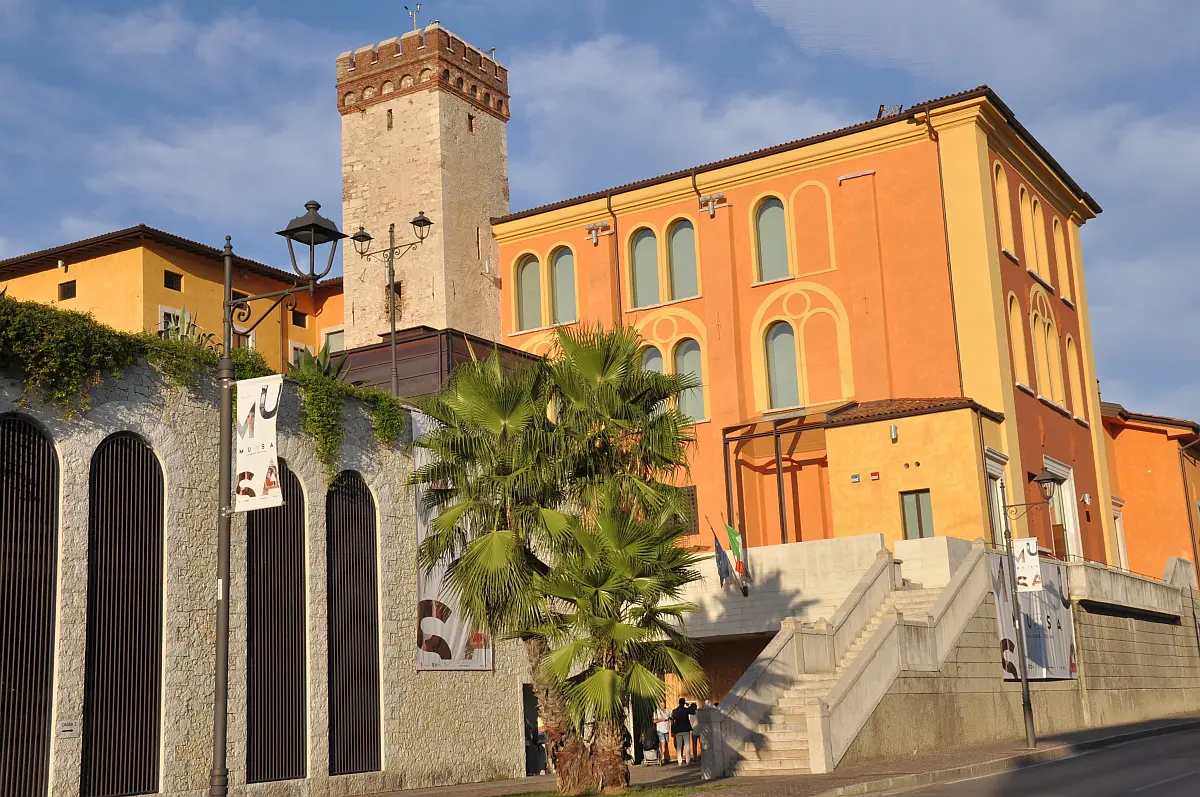
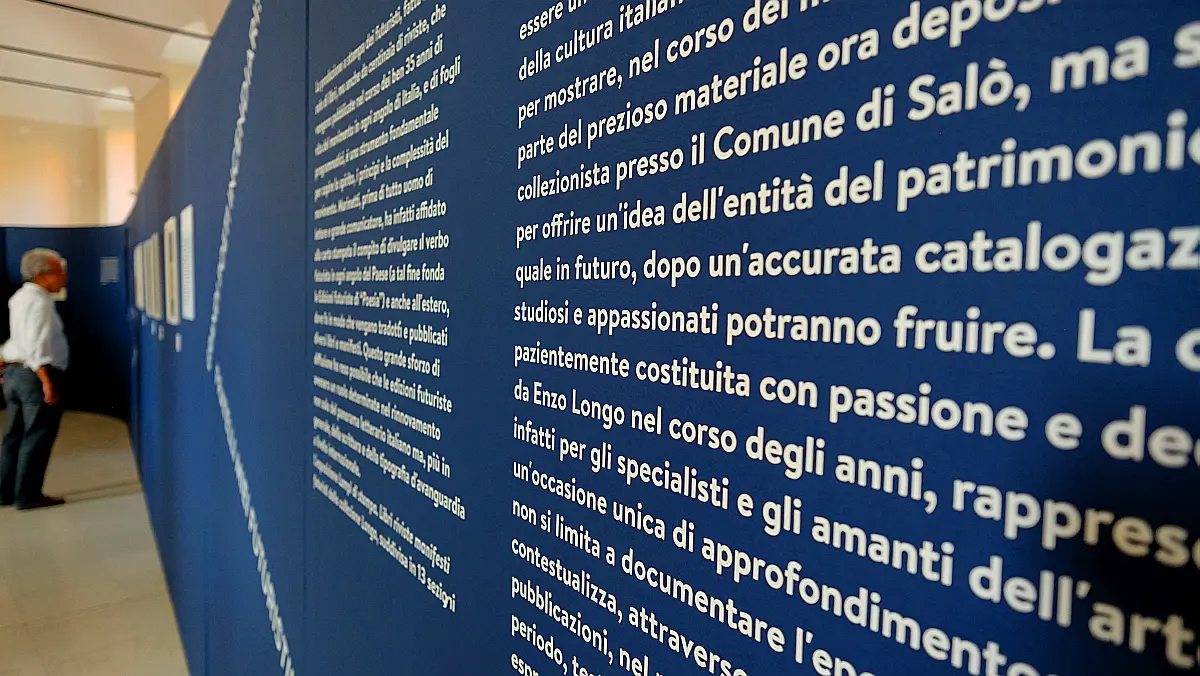
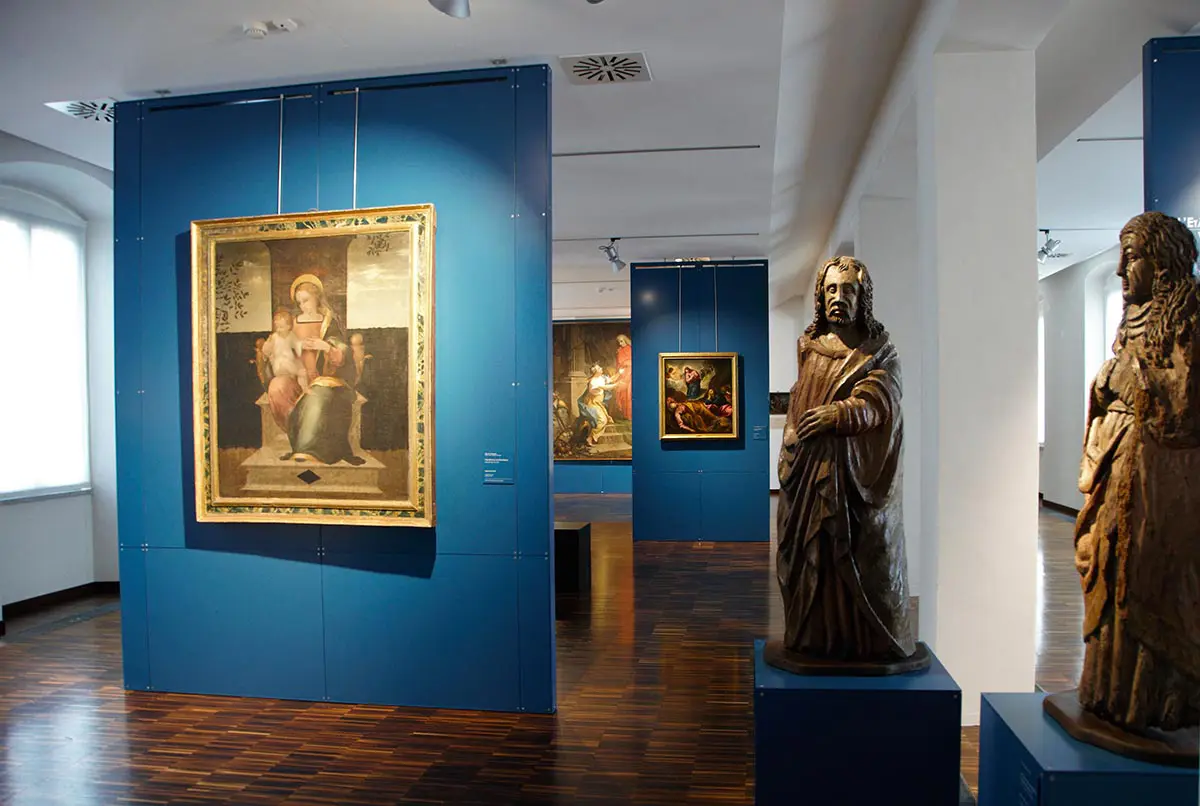
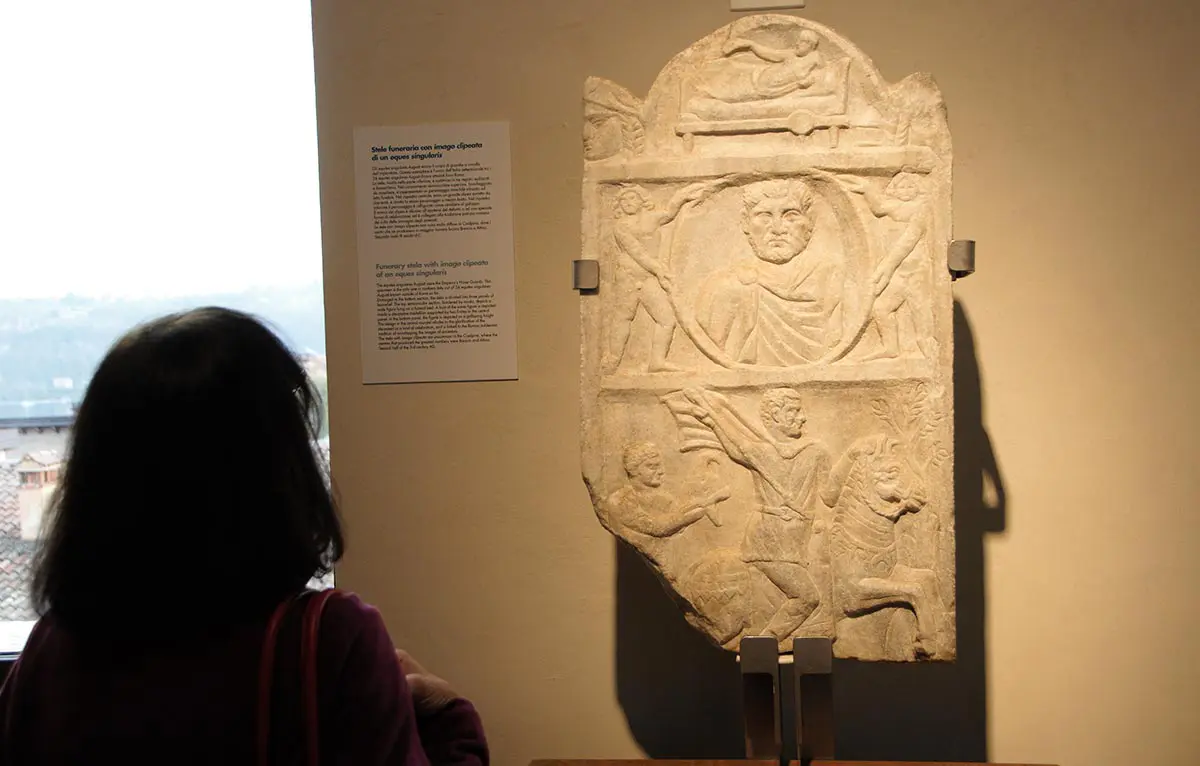
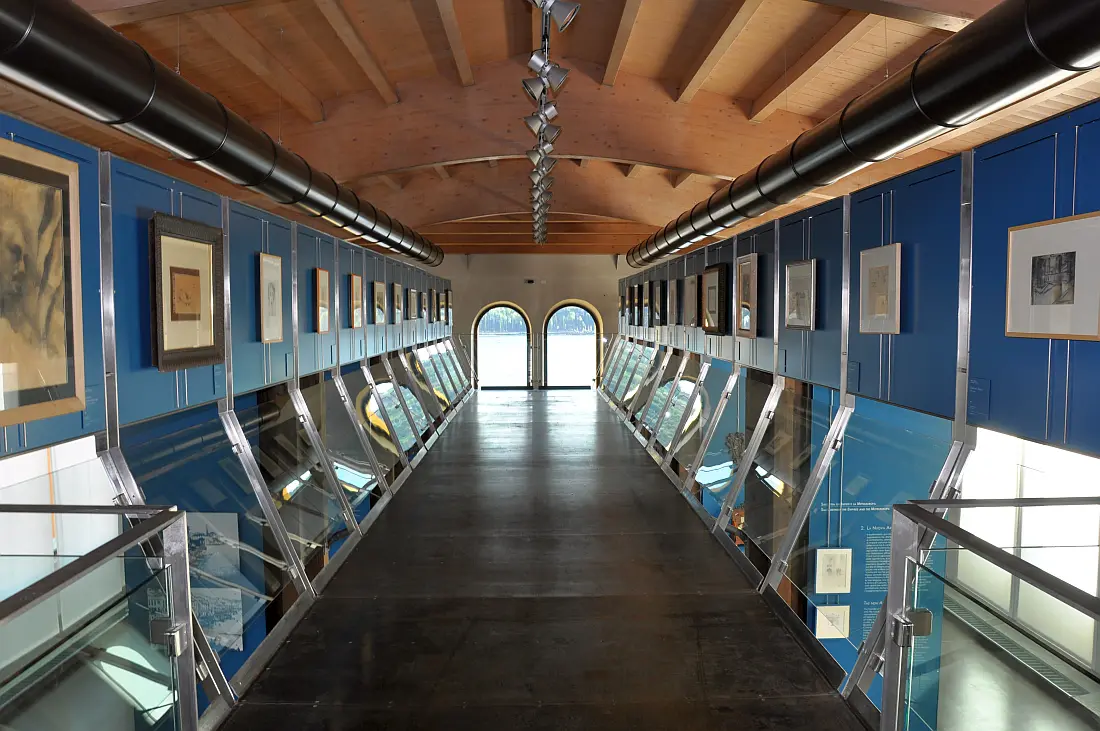
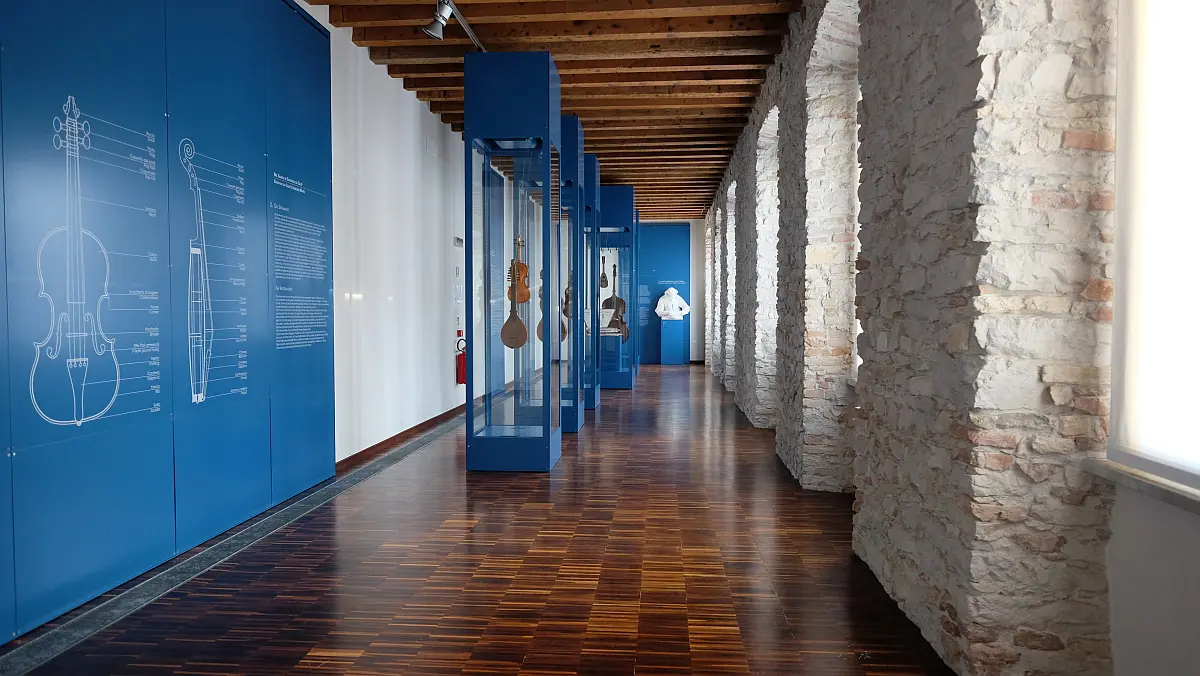
 Tebaide Media
Tebaide Media